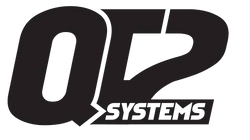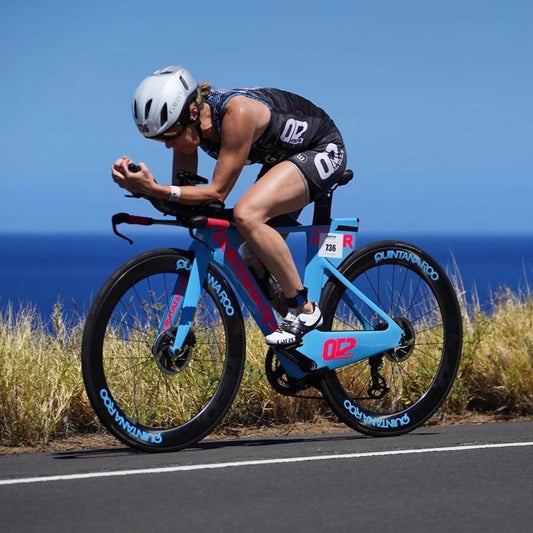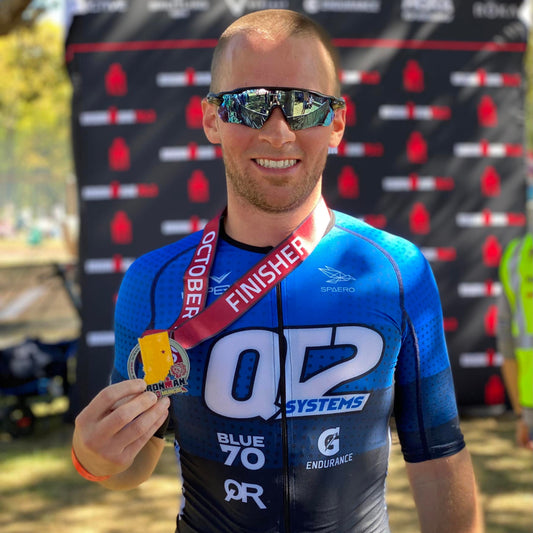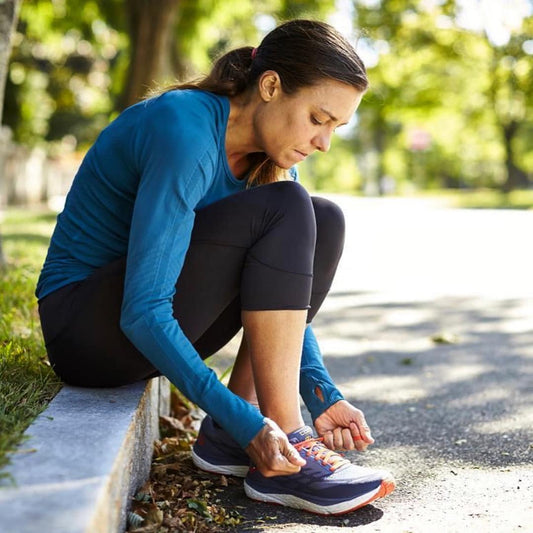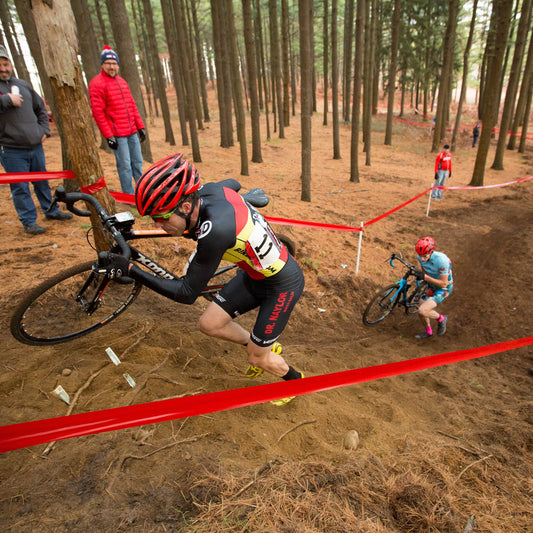Unsurprisingly, triathlon both creates strength imbalances, and exposes them. It creates imbalances because we’re doing the same motions over, and over, and over, and over, and over...And then it exposes strength imbalances in a couple ways: many injuries/pains are the result of muscle weakness/imbalance, and many performance limiters have their root in muscle strength/functionality.
So, in a practical sense, how do we determine what an athlete’s needs are, in terms of strength training? There are several ways, and I think piecing them all together can give the coach a good picture of what’s happening with an athlete.
- Look at them. I know this sounds simplistic, but it’s always the first step. Are you coaching an ex-lacrosse player, with big shoulders? Then they probably don’t need much upper-body lifting… you get the point.
- Pay attention to their injury history. Someone has a history of lower back issues? Then that screams an imbalance or deficiency in the hips and/or lower-back areas. History of plantar fasciitis? You’re gonna want to look at everything below the knee.
- Perform a functional movement analysis. We have a collection of great mobility analysis exercises on our YouTube page. https://www.youtube.com/user/qt2systems/videos
- Look at their performance limiters. Let’s say, for example, you have an athlete with a cycling background, and they have a great engine, but they can’t fully take advantage of their engine while in the water, because cycling effectively stripped their upper-body muscle mass. Then get them in the weight room, doing upper body lifts!
Ok, so you’ve evaluated what your athlete’s strength needs are. Now… what do you do about it? Well, as we generally do, we start with race day, and work backwards. Let’s say you determine that an athlete needs 3 months of truly “race specific” workouts to get ready for an Ironman. Then in the time before that 3-month window opens, focus on their weaknesses with the appropriate type of high stress weight training. During this time, they should still be doing swim/bike/run, but some of the stress needs to be taken away from those activities and re-allocated to the weight room (or whatever venue you deem best for the desired strength work). Don’t be afraid to have them lift HEAVY (unless there are specific injury concerns, of course). And try to focus on compound, multi-joint, movements. These generally promote balance, and functional movement patterns, more effectively than single-joint movements.
As you get closer to race day, and that window where you need to do race-specific training, then you should be weaning off the high stress lifting and shifting to lighter weight work, with a focus on balance and stability, particularly in the shoulders, hips, lower back, and lower legs. The musculoskeletal system can only handle so much physical stress, and you have to start budgeting it towards actual swim/bike/run. For example: combining heavy squats with intense biking AND running is going to put the lower back and knees at a heightened injury risk. So in that case, if you still want to work on leg strength, then you could have the athlete perform hard bike intervals at a low cadence (50-60 rpm). Exercises like that (or HARD paddle swimming, or running hill reps) serve as an excellent transition from weight work to race-specific work, and still address strength limiters. At QT2, we often refer to that type of training as “vertical work.” And then you can make a smooth transition from that vertical work, into very specific race-pace training, and you’ve effectively created a smooth transition from “weight room grunting” to “outdoor croooooozin.”
So that’s the “thousand-foot view” of how to address strength work for triathletes. I think listing specific exercises could take up way more space than I’m allowed to use for this article, but if you want to get in to more specifics, please feel free to contact me, doug@qt2systems.com
Until next time… thanks for reading!
This post was written by QT2 Level 3 Coach, Doug MacLean.
